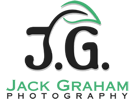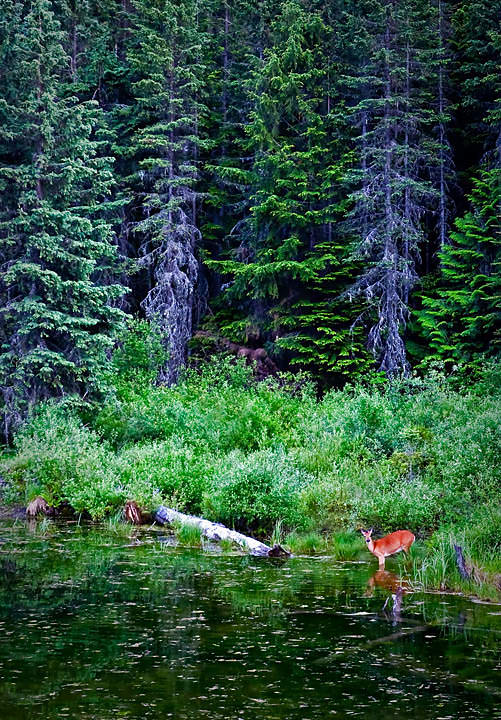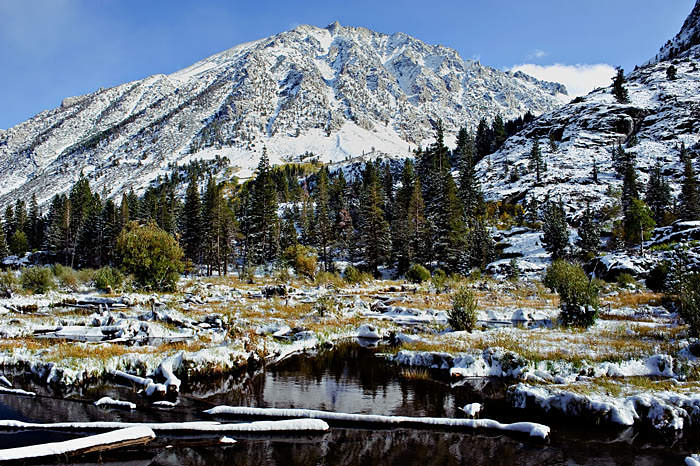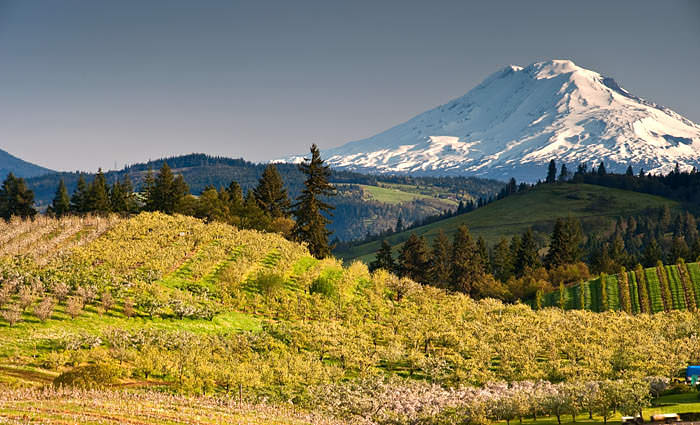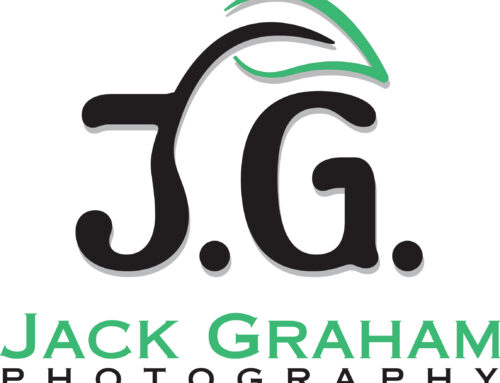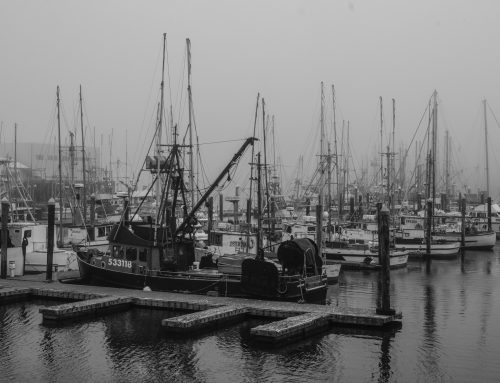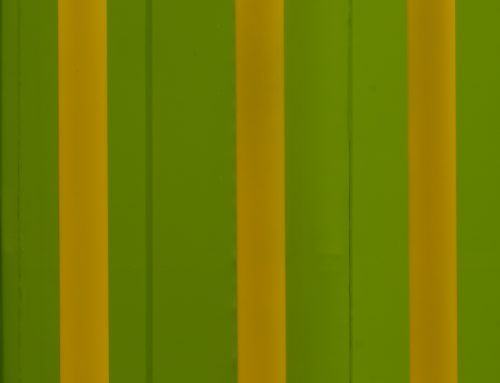NEW PODCAST UP—Weather for Photographers( Check out the PODCAST notes as well!) www.18percentgraymatter.com
______________________________________________________________________________________________
Just a few spots left in the Eastern Sierra & Fall in NE Ohio workshops in October— check out www.jackgrahamphoto.com/photo-workshops
NEW WORKSHOP ADDED NOV 2011–DEATH VALLEY II https://www.jackgrahamphoto.com/death-valley-national-park
Special Fall Color workshop here in the Oregon Wine country, Columbia River Gorge and Hood River Valley in late October with Dr. Bill Campbell and me…………….. do NOT miss this one..https://www.jackgrahamphoto.com/columbia-river-gorge-mountains-and-wine-country-oregon-sw-washington-jack-graham-dr-bill-campbell-co
ICELAND 2012 is filling up nicely—if you are thinking about it: https://www.jackgrahamphoto.com/ultimate-iceland
“Hidden China” 2012–come with us to an area that few photographers have been (Optional week in Tibet too!)
https://www.jackgrahamphoto.com/2012-hidden-china-optional-tibet
________________________________________________________________________________
The battle continues.. RAW vs JPEG . Well here’s my $0.02…. frag out the dead horse.. let’s beat it one more time!
Please know before you read this that I a a strong proponent of shooting RAW folks, as is the vast majority of pros, much more well known and established than me…. and there IS a reason for it. Ive tried to list these reasons concisely below.
Note I have seen some excellent results from a few of my photographer friends who shoot jpegs. However, in my humble opinion ( and this writing is just that) I would bet they would be better if they were shot RAW…JG
______________________________________________________________________
RAW:
A RAW file is a proprietary format with uncompressed image data coming directly from the camera’s sensor, not processed , with no color rendering information. The file includes complete (lossless) data from the camera’s sensor. When shooting Raw files, your computer not the camera processes the data. Obviously your computer is far superior to processing files than your camera. Shooting Raw will gives you total control over how your image looks and allows you the possibility for correcting inadequacies in post processing. You’ll need to use software to process RAW files.
All Raw files are proprietary to the camera manufacturer and sometimes the camera model. Raw files must be converted to be used in Photoshop or other programs. RAW has much more exposure latitude. Often blown out highlights ( if they are not to badly blown out) can be reclaimed.
Color balance is also far superior in the final results of your processing when shooting RAW. Large prints made from RAW files are superior to those of JPEG files. RAW is not an abbreviation for anything. Controlling richness, detail (sharpness), color range etc in processing is much greater with a Raw file, even though the Raw files coming out of the camera may look bland
stands for “Joint Photographic Experts Group”. The JPEG file uses compression which results in a some loss of quality. Artifacts can be introduced in JPEG files each time the file is opened and saved. These are most noticeable in the sky or like toned gradients.
Also JPEG compression can bring out digital noise in the photograph. If you shoot in the JPEG format, I recommend using the highest quality settings, lowest ISO and presets for conditions in your camera ( i.e. cloudy, sunny etc.). When shooting in the JPEG mode your camera’s internal firmware processes the image It will take the information directly off the sensor and quickly process it prior to saving it on your memory card. Some color and resolution is lost.
With some cameras there is slightly more noise in a JPEG than in a comparable Raw version In the JPEG mode, the image blocks (usually 8×8 pixels) determine what can be “safely” discarded. The rule of thumb is that the higher the compression ration the lower the quality of JPEG is provided (more information being discarded). When the image is put back together a row of 24+ pixels that had 24+ different tones could provide less than 6. That valuable information is completely lost.
The quality of a JPEG taken with a DSLR will still be much better than one made with a point and shoot camera. Shooting bursts, as in bird photography allows for more shots using JPEG than Raw. R files, bring larger, take longer to save to the memory card. If you shoot in the JPEG format, I recommend using the highest quality settings, lowest ISO and presets for conditions in your camera ( i.e. cloudy, sunny etc.).
SO ?………..Do some professional photographers shoot in the JPEG format? Yes. Can JPEG images be made with enough quality to be published? Yes. The bottom line is this. If you are printing your work, learn to work with RAW and become proficient in your processing , the benefits outweigh shooting in JPEG. If you are shooting small images for the web, not concerned with printing, or publishing larger images (more than 8 x 10’s) the JPEG format offers a quicker processing time.
Why shoot RAW?
1) Ability to change the exposure, saturation, sharpness, curves, etc with less quality loss than you’d experience with JPEG
2) Maximum control in post-processing
Why shoot JPEG
1) Smaller file size allows you can fit more on a memory card (usually twice as many), and you can download images faster to your computer
2) Ability to shoot significantly more shots in a burst ( good for bird photography )
NOTE: Some cameras can be set to capture images in both RAW and JPEG formats at the same time. There may be times you want to immediate evaluate an image and use the RAW converter later to optimize your final results. ______________________________________________________________________________________________
RAW JPEG
RAW JPEG FORMAT proprietary by camera manufacturer Standard easily readable
BIT RATE at least 8 bits up to 12+ exactly 8 bits per color
COMPRESSION uncompressed compressed
FILE SIZE uncompressed 12MP camera=12mb files small file size (8MP Camera files=1-3mb file)
DYNAMIC RANGE Higher dynamic range( better highlights & shadows) lower in dynamic range
SHARPNESS Not as sharp higher in contrast
PRINTING Not ready for printing, must be post processed immediately ready for printing or web posting
CORRECTION Read only some JPEG’S ready for print, web right out of camera
DATA LOSS No loss when processed into a TIFF, PSD file JPEGS loose data each time an edit is made no matter how minor
WHEN FILE EXTRACTED FROM CAMERA must be post processed already processed by the camera
REFRESHING BUFFER IN CAMERA slower than JPEG Faster thanRAW
RAW POST PROCESSING LOSS None more than RAW, especially in exposure

